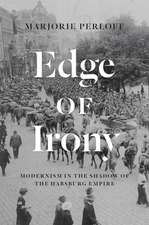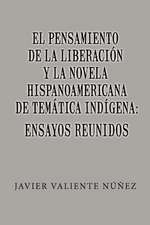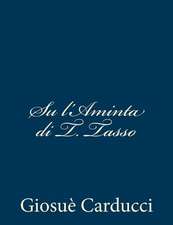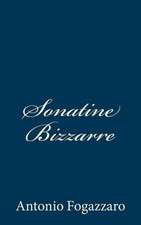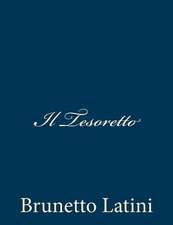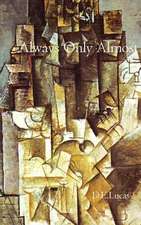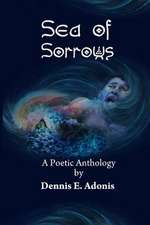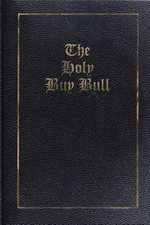This Is Not a Grail Romance: Understanding "Historia Peredur Vab Efrawc"
Autor Natalia I Petrovskaiaen Limba Engleză Paperback – 25 oct 2023
This book presents a fresh analysis of the medieval Welsh Arthurian tale, Historia Peredur vab Efrawc (Story of Peredur son of Efrawc). It explains the text’s structure and provides new insights into its connection with its medieval Welsh cultural and political context, casting light on the relationship between this narrative and the broader European tradition of Grail romances.
Preț: 191.40 lei
Nou
Puncte Express: 287
Preț estimativ în valută:
36.62€ • 38.32$ • 30.42£
36.62€ • 38.32$ • 30.42£
Carte disponibilă
Livrare economică 12-26 martie
Livrare express 26 februarie-04 martie pentru 21.16 lei
Preluare comenzi: 021 569.72.76
Specificații
ISBN-13: 9781837720361
ISBN-10: 1837720363
Pagini: 228
Dimensiuni: 140 x 216 x 15 mm
Greutate: 0.25 kg
Editura: University of Wales Press
Colecția University of Wales Press
ISBN-10: 1837720363
Pagini: 228
Dimensiuni: 140 x 216 x 15 mm
Greutate: 0.25 kg
Editura: University of Wales Press
Colecția University of Wales Press
Notă biografică
Natalia I. Petrovskaia is assistant professor in Celtic at Utrecht University.
Cuprins
List of Tables and Figures
Acknowledgments
Introduction
Chapter 1: The Structure of the Narrative
Chapter 2: The Geography and Landscapes of Peredur
Chapter 3: Historical Context and the Empress
Chapter 4: Literary Context. Peredur and Some Lost Tales
Chapter 5: Peredur and Welsh Law
Chapter 6: The Witches of Gloucester and other Problematic Characters
Conclusion
Abbreviations
Bibliography
Index
Acknowledgments
Introduction
Chapter 1: The Structure of the Narrative
Chapter 2: The Geography and Landscapes of Peredur
Chapter 3: Historical Context and the Empress
Chapter 4: Literary Context. Peredur and Some Lost Tales
Chapter 5: Peredur and Welsh Law
Chapter 6: The Witches of Gloucester and other Problematic Characters
Conclusion
Abbreviations
Bibliography
Index
Recenzii
‘Natalia Petrovskaia’s thought-provoking and closely-argued monograph will dramatically change how we think about the medieval Welsh Peredur and about the vexed issue of its relation to Chrétien’s Perceval. It provides convincing and innovative analyses of its narrative structure, and of its indebtedness to Welsh literary, legal and cultural traditions.’

